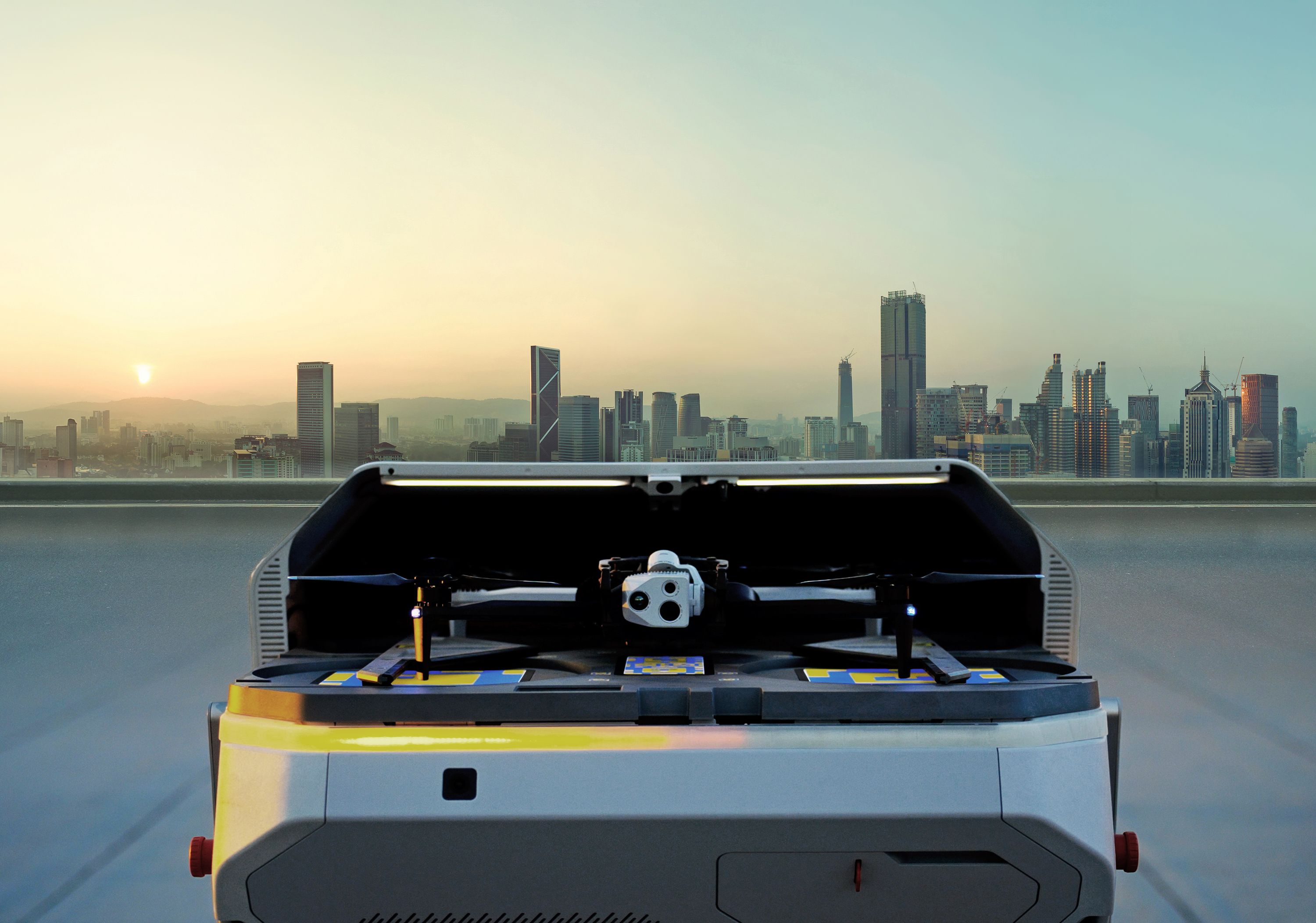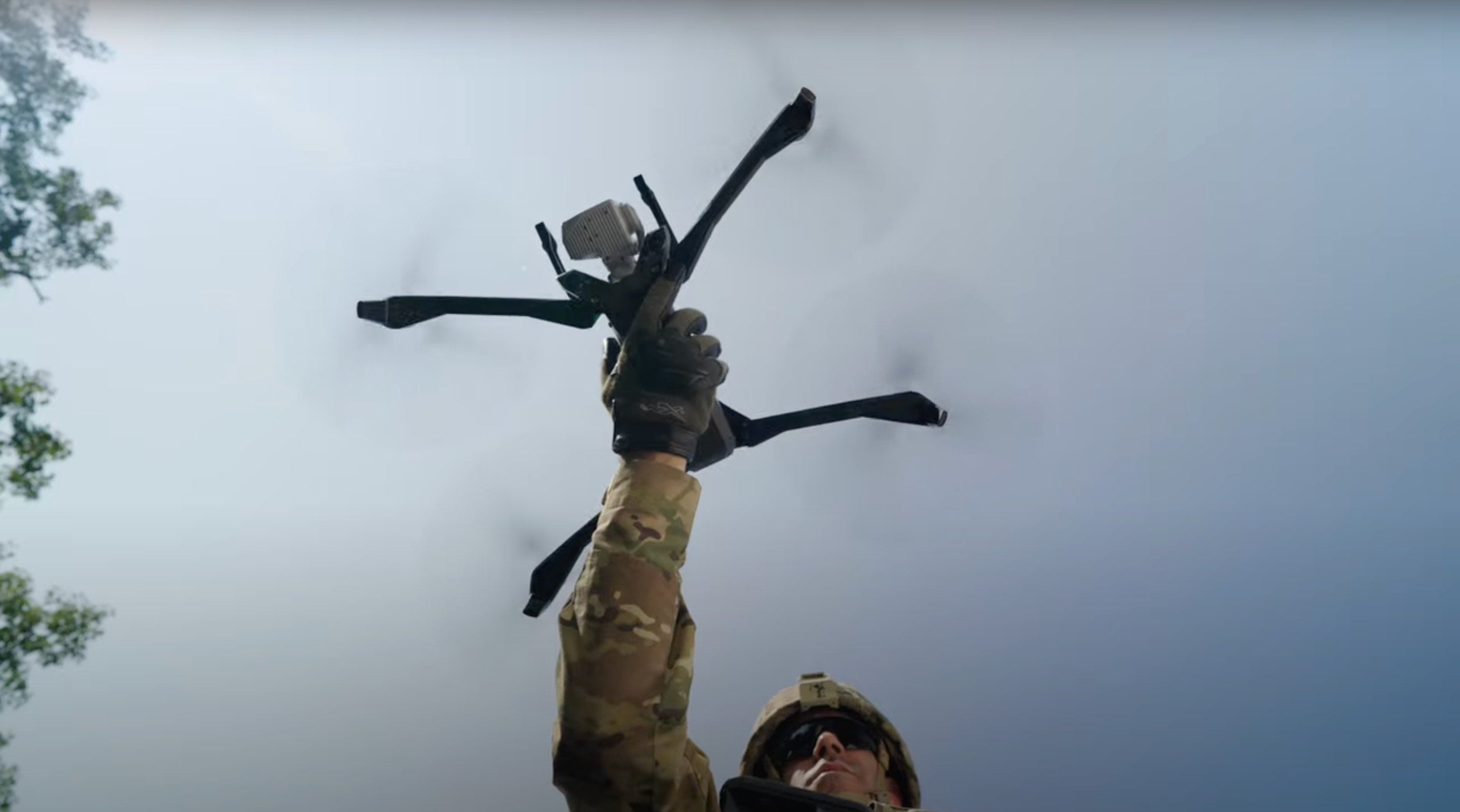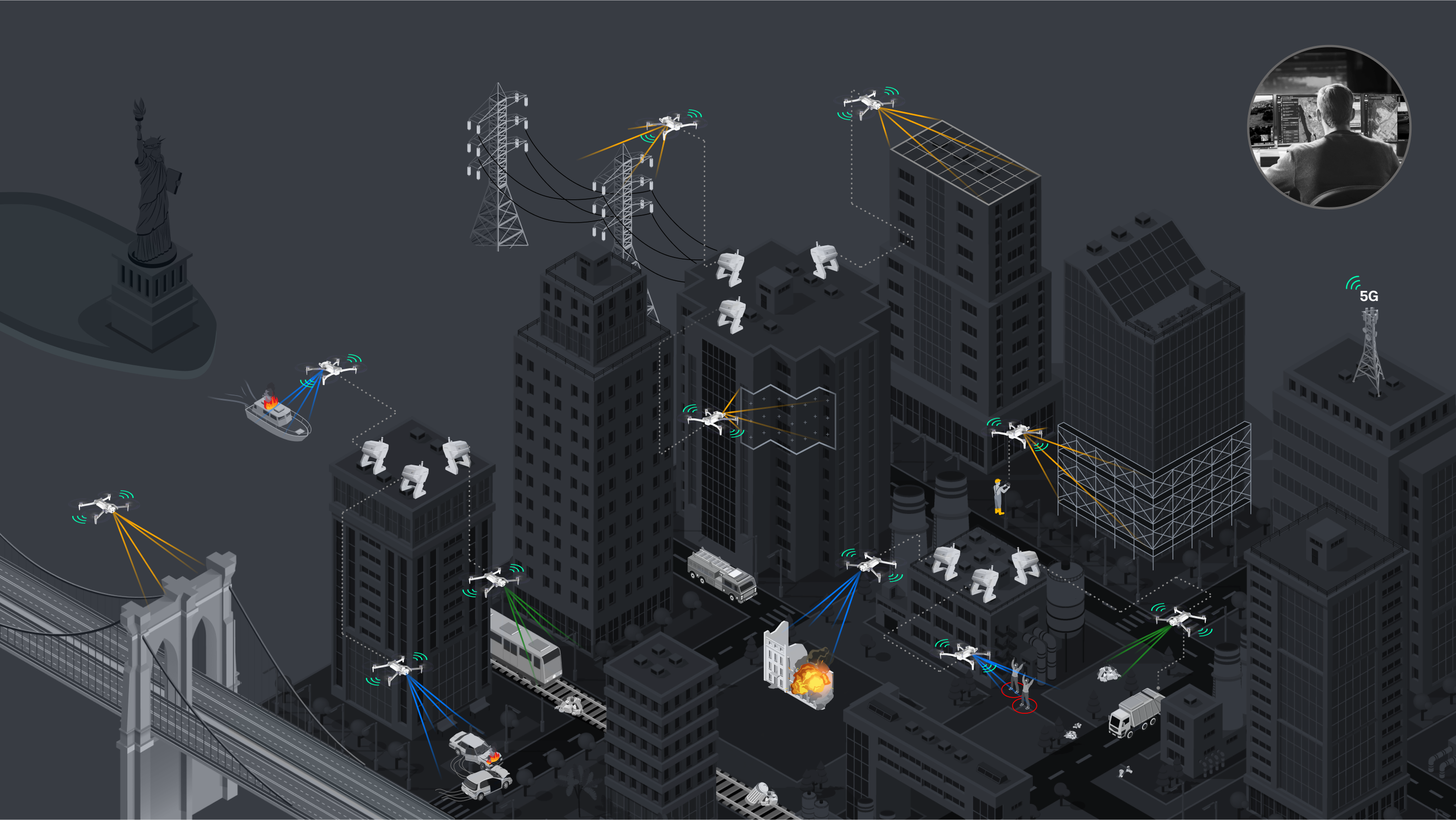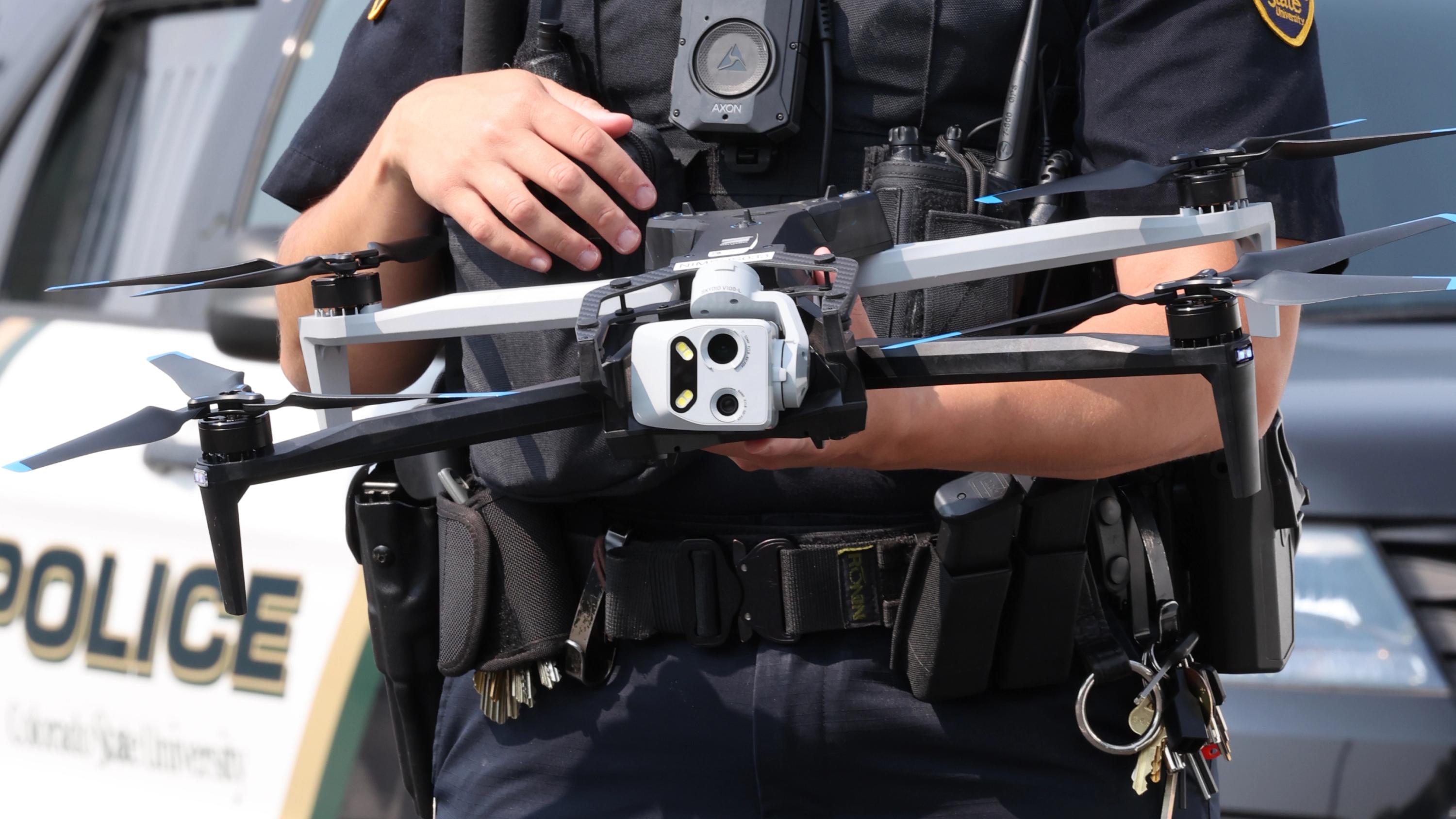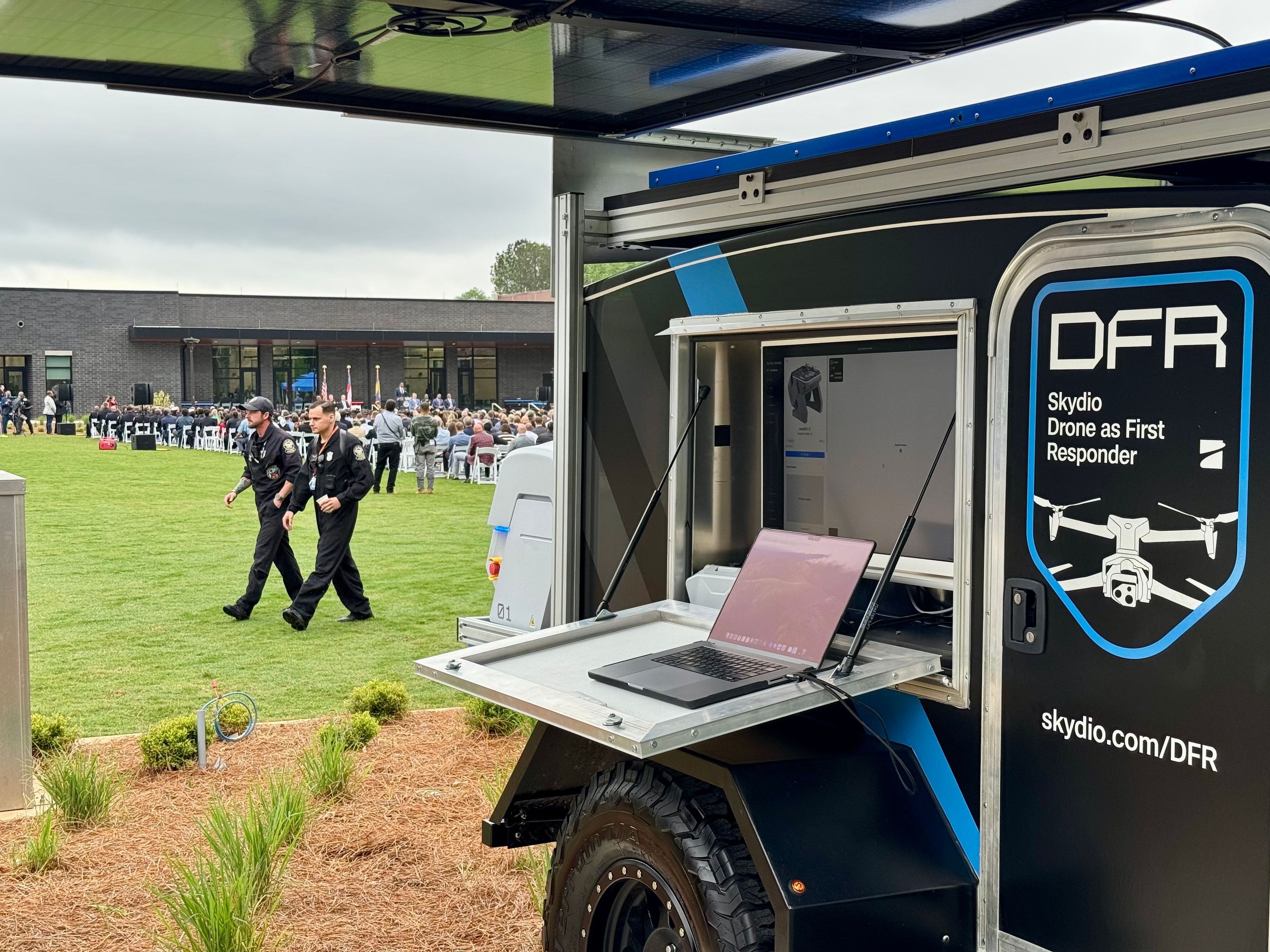5 Tips for Implementing DFR Today, Not Someday

Drone as first responder deployment methods
As law enforcement agencies navigate the new landscape of public safety, Drone as First Responder (DFR) programs have emerged as a cornerstone of innovative operational strategies. Drones provide an aerial advantage, transforming the approach to everything from SWAT operations to routine calls for service. This blog explores five deployment methods public safety agencies are successfully implementing to prove the value of drones to their community while increasing officer safety and growing increasingly robust DFR programs.
1. Start using drones in public safety
Focusing on precision and expertise
Many agencies first deploy drones in specialized units. Precision in law enforcement operations is paramount. Deploying drones within specialized units like Crash & Crime Scene Investigation, Search & Rescue, or SWAT teams allows for a concentrated utilization of drone capabilities for searching and documenting.
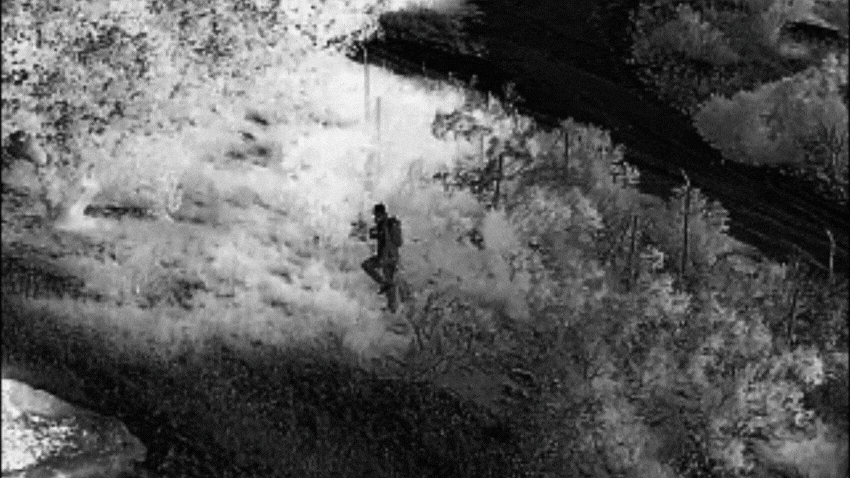
Look for drones that offer:
- Autonomous Navigation: Choose drones capable of autonomous flight to ensure effectiveness across day and night operations.
- Modularity for Mission Adaptability: Modular camera payloads and attachments permit customization to meet the specific needs of various missions.
- Manufacturing and Support Considerations: Assess manufacturing background and support availability to ensure a lasting integration into your operational framework. Look ahead to what is needed to support a DFR program and consider standardizing on drones that will meet your future requirements at this stage.
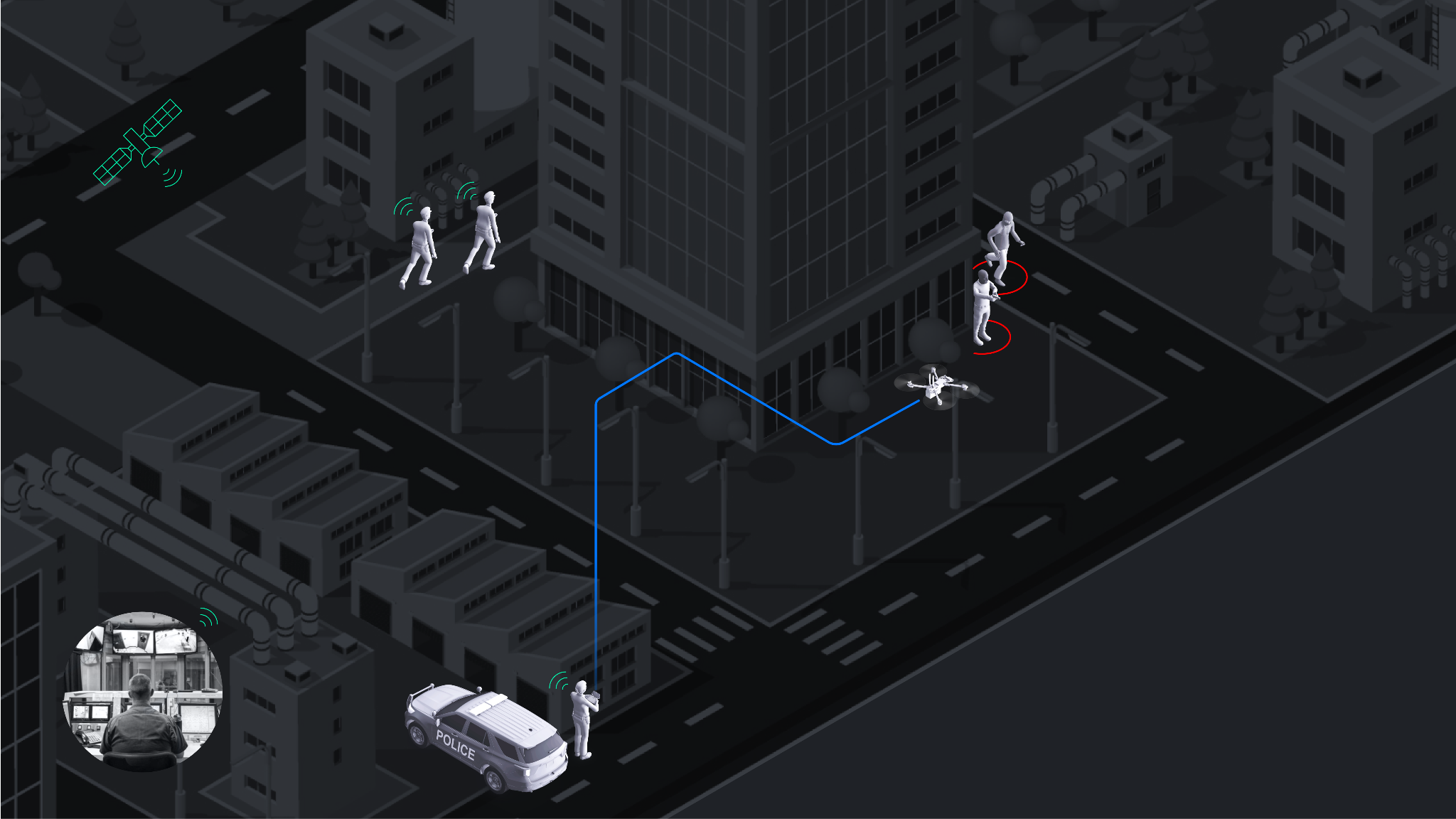
2. Add drones to patrol vehicles
Empowering every officer with overwatch
Patrol officers are frequently the first responders on the scene. Providing patrol vehicles with drones gives these officers an immediate aerial view, significantly enhancing their situational awareness and safety by providing valuable information to other officers arriving on the scene as well as decision-makers.
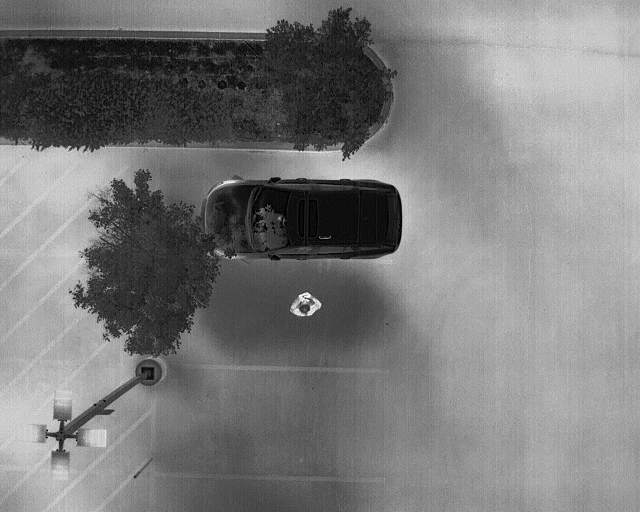
Look for drones that offer:
- Quick Deployment: Opt for drones that can be launched rapidly at the scene.
- Ease of Use: Select drones that are straightforward to operate reducing the risk of collisions as well as cognitive load on the operator.
- Live Streaming: Real-time video feeds to both officers on the ground and command centers improve awareness at every level.
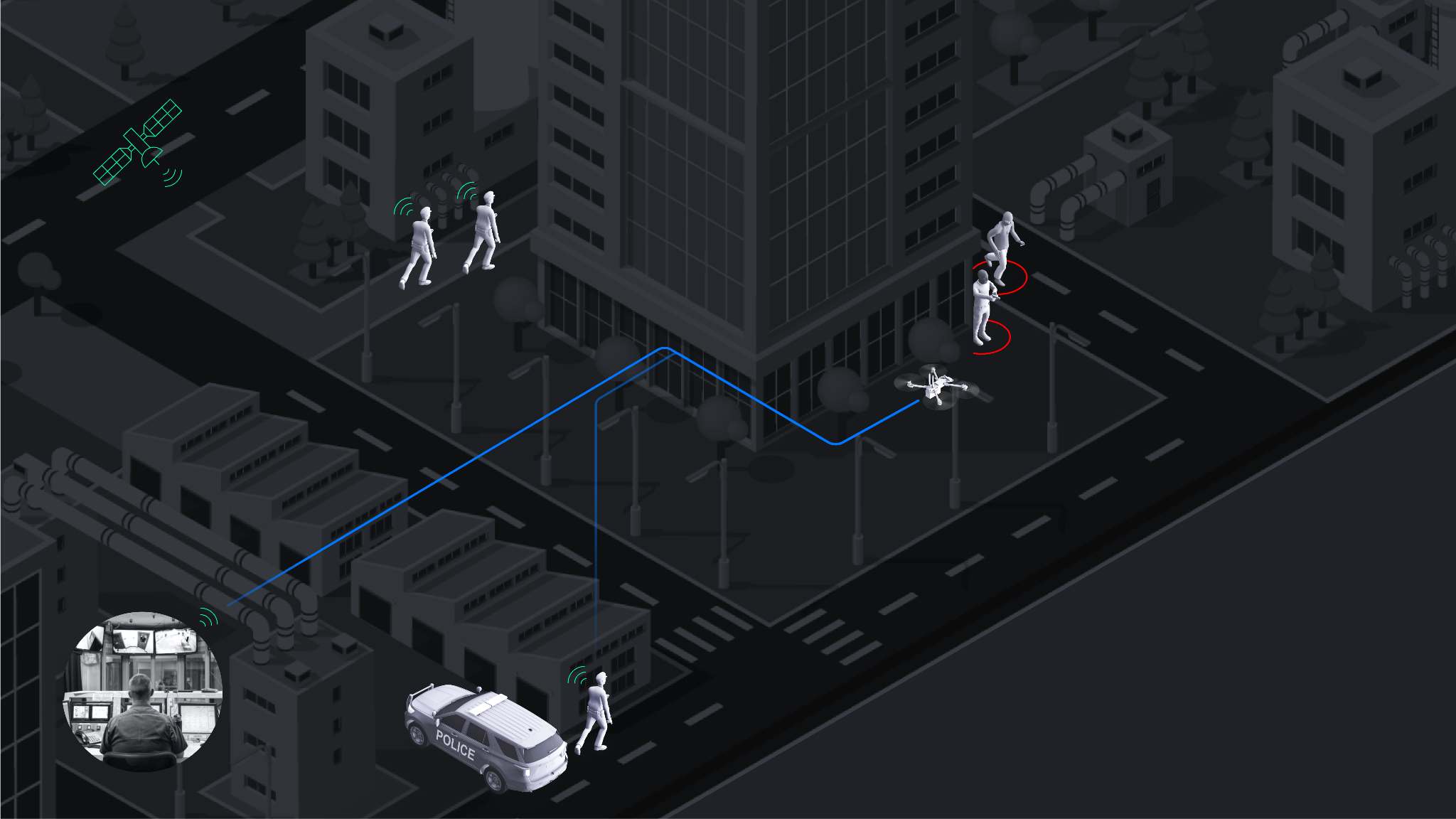
3. Activate your Drone as First Responder (DFR) program by enabling remote piloting of patrol deployed drones
Enhancing response with expert oversight
Start your DFR program today by enabling patrol officers to activate drones, with the capability for remote pilots to take control. This combines the immediacy of patrol response with the security of having high proficiency drone operators providing overwatch and insights.
Look for DFR solutions that offer:
- Remote Operation over 5G: Ensure the drone platform is capable of being remotely operated over 5G networks for fluid control and extended operational range from drone to pilot location.
- Help Navigating Regulations: Partner with providers experienced in managing regulatory requirements to fly Beyond Visual Line of Sight (BVLOS) to expand operational capabilities.
- Effective Data Management: Utilize end-to-end solutions offering API integrations with current tools enabling more efficient and compliant evidence-collection and management.
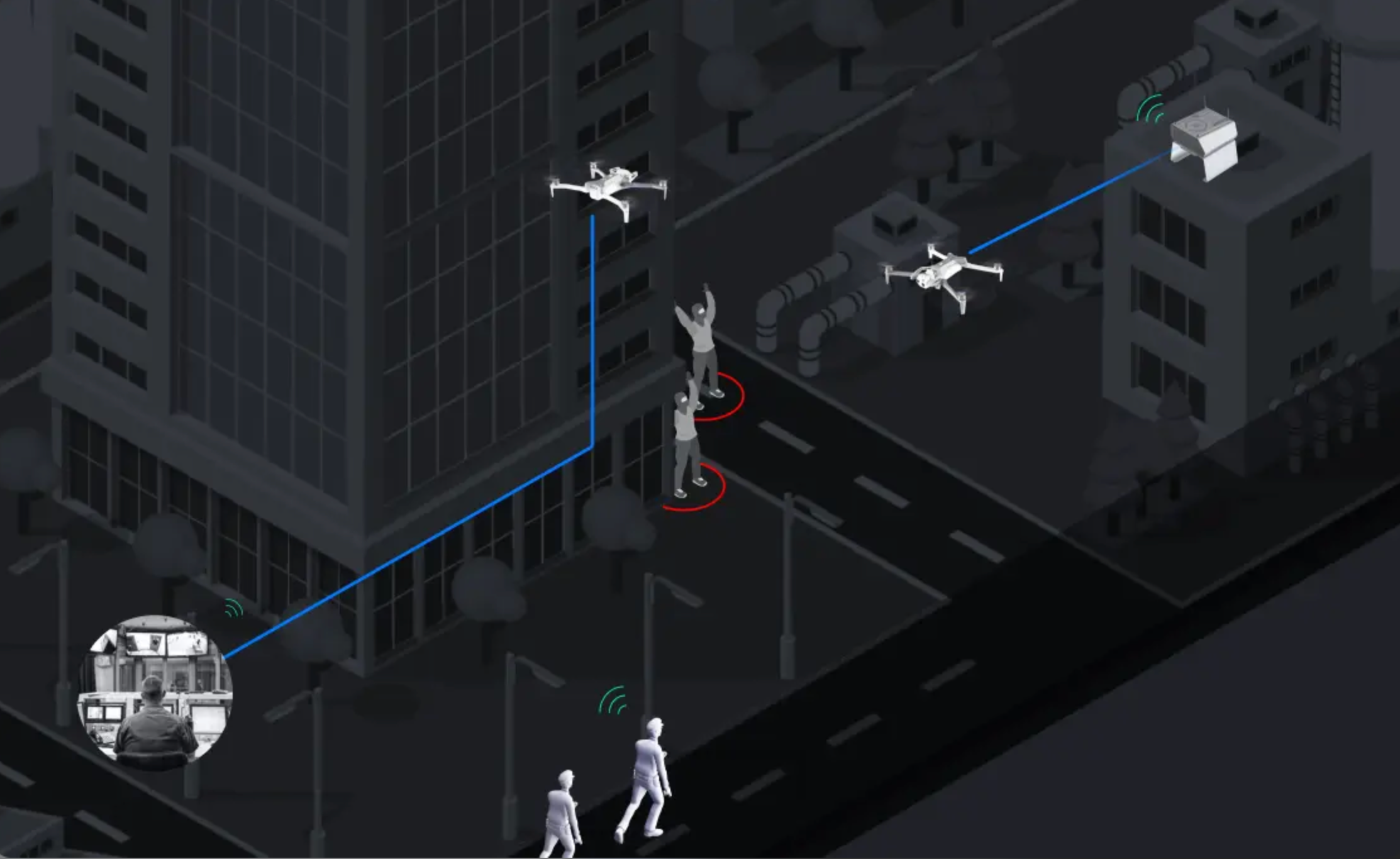
4. Add dock-based drones to your Drone as First Responder (DFR) program
Optimizing response for better outcomes
Deploying drones from strategically positioned docks can significantly decrease response time getting drones to the scene in less than 90 seconds. Per the Department of Justice, response time in 5 minutes or less results in a 60% probability of arrest, compared with a 20% probability if response is greater than 5 minutes. Drones on the scene first mean better information and better outcomes. Drones as First Responders reduce use of force by 50%, according to Chula Vista PD’s DFR program statistics.
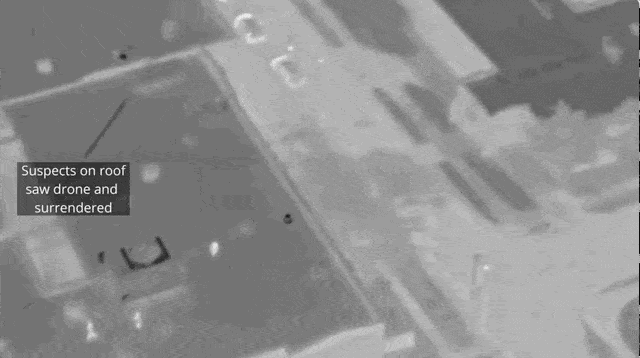
Look for DFR solutions that offer:
- Track Record in Dock Deployments: Choose a provider with demonstrated success in dock-based implementations.
- Expertise in Dock Placement: Engage with specialists to determine the most effective locations for drone docks, ensuring broad coverage and efficient response in high-crime areas.
- Comprehensive Training and Support: Seek vendors that offer thorough training and support to ensure your program proves the value of drones as first responders on day one.

5. Integrate with your Systems to Automate Response
Accelerate response for comprehensive oversight
Automating drone deployment in response to triggers from systems like 911 calls, ShotSpotter, and Automated License Plate Readers (ALPRs) represents an opportunity to increase officer safety and efficiency while also reducing risk to the community. By enabling immediate drone response to incidents, drones are launched to the scene prior to any 911 calls being made or any officers arriving.
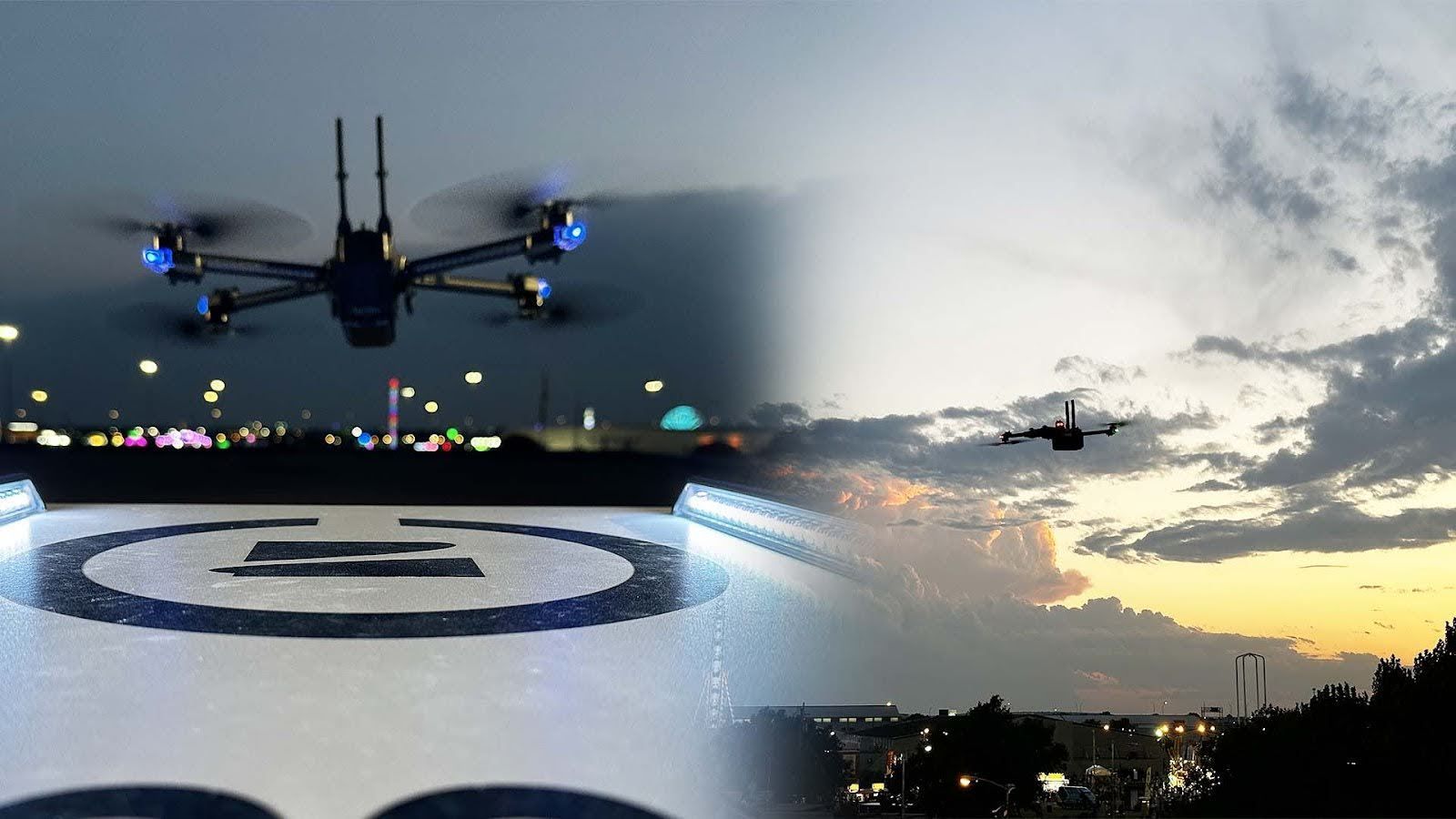
Look for DFR solutions that offer:
- System Integration: Ensure that drones can automatically launch in response to alerts from existing emergency response systems.
- Strategic Pilot Command: Auto-assign remote operators once the drone is on-scene, ensuring the most suitable pilot handles each situation, improving communication and mission efficiency.
- Regulatory Collaboration: Work closely with vendor-provided UAS Regulatory Services teams to develop safe and effective paths for autonomous flights.
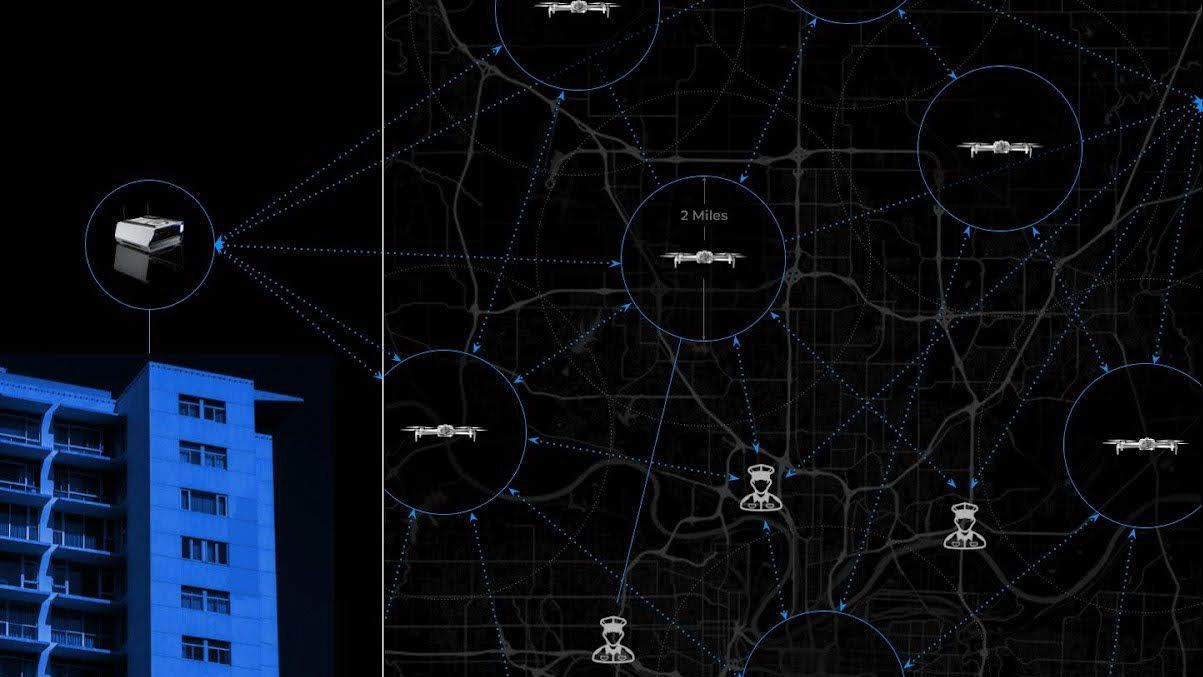
Charting a new course in law enforcement with DFR
Drone as First Responder programs are establishing a transformative approach to public safety operations. These initiatives not only enhance the efficiency of law enforcement and emergency services but also significantly improve safety for officers and the communities they serve. By integrating drones into their operations, agencies can gain a comprehensive understanding of complex situations in real-time, even before ground units arrive on the scene. This capability provides a tactical advantage, enabling strategic decision-making that can de-escalate potential violence and ensure a more measured response to incidents. Drones clearly offer a cost-effective solution to improving situational awareness, making them an indispensable tool for modern public safety strategies.
However, to successfully integrate drones into public safety operations, it's essential to establish clear protocols that prioritize accountability, transparency, and respect for privacy and civil liberties. Proactively addressing these concerns and engaging with the community about the use of drones can foster trust and reassure citizens about their benefits. By demonstrating a commitment to responsible use, public safety agencies can leverage drones to not only enhance their operational capabilities but also strengthen community relations.

About Skydio
Pioneering advancements in autonomous drone technology have established Skydio as a trusted partner for public safety agencies across the United States. Our commitment to operational excellence, security, and innovation positions Skydio drones as indispensable tools for a wide range of public safety applications, from enhancing aerial overwatch to advancing search and rescue operations. Discover the future of autonomous flight with Skydio and embark on a journey towards smarter, safer, and more efficient public safety operations. Learn more about incident and emergency response with drones.
About the author
Noreen Charlton has a Bachelor of Science in Biology from John Carroll University in Cleveland, Ohio. For more than a decade, she worked in the Crime Scene Investigations section of the Las Vegas Metropolitan Police Department in Las Vegas, Nevada. Throughout her time in the field, she responded to nearly 4,000 scenes, including the Route 91 Harvest Festival mass casualty shooting. For several years, she has focused on the instruction and implementation of 3D technologies for public safety applications and has assisted with the documentation and forensic analysis of many high-profile cases. As a member of the Crime Scene Investigations Body of the American Academy of Forensic Sciences Standards Board, she actively contributes to the development and advancement of industry standards in crime scene investigations.
